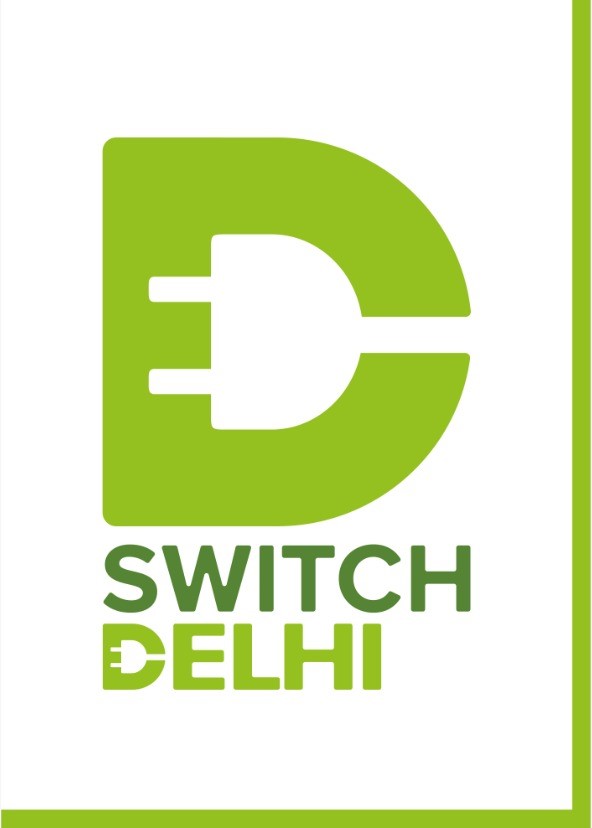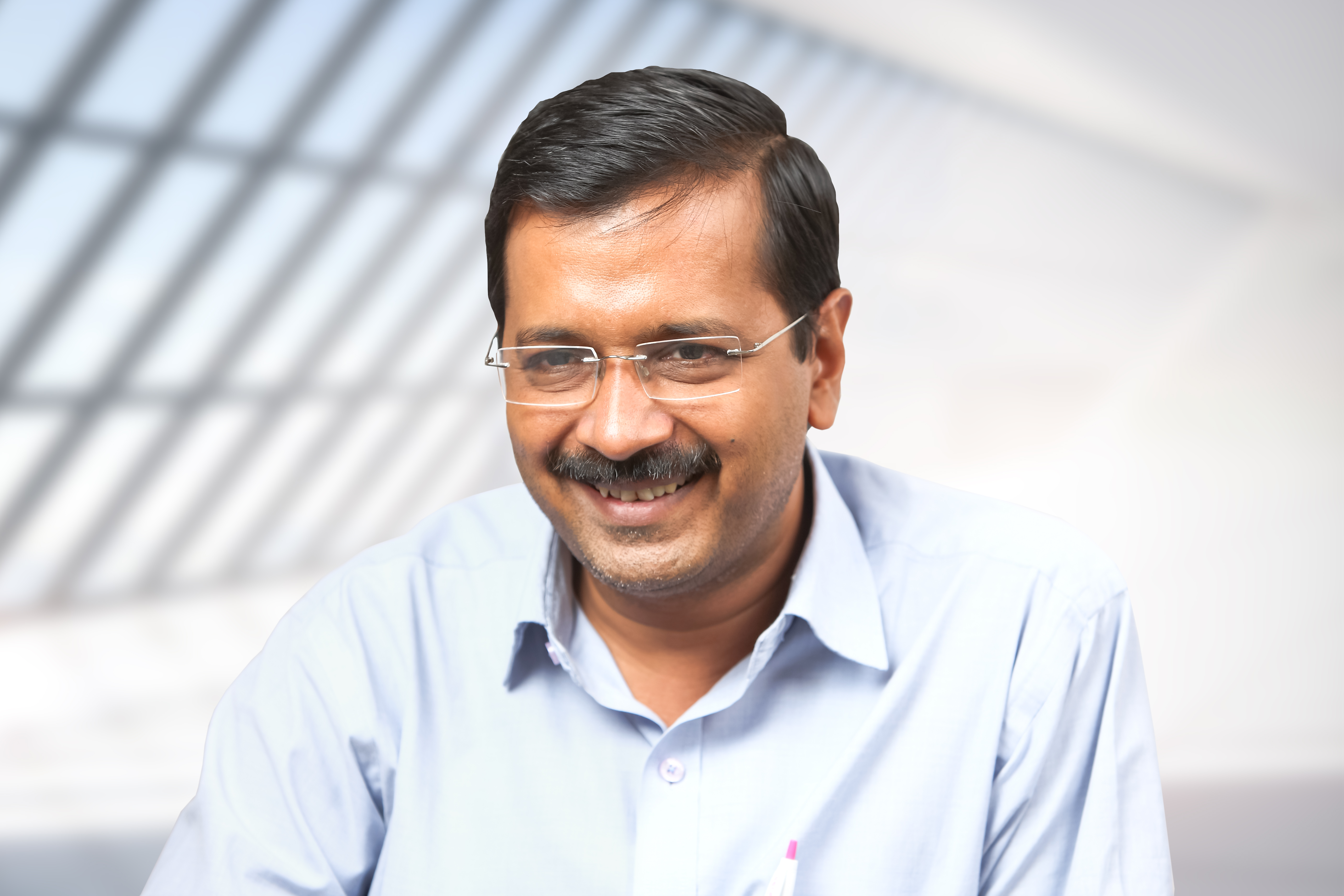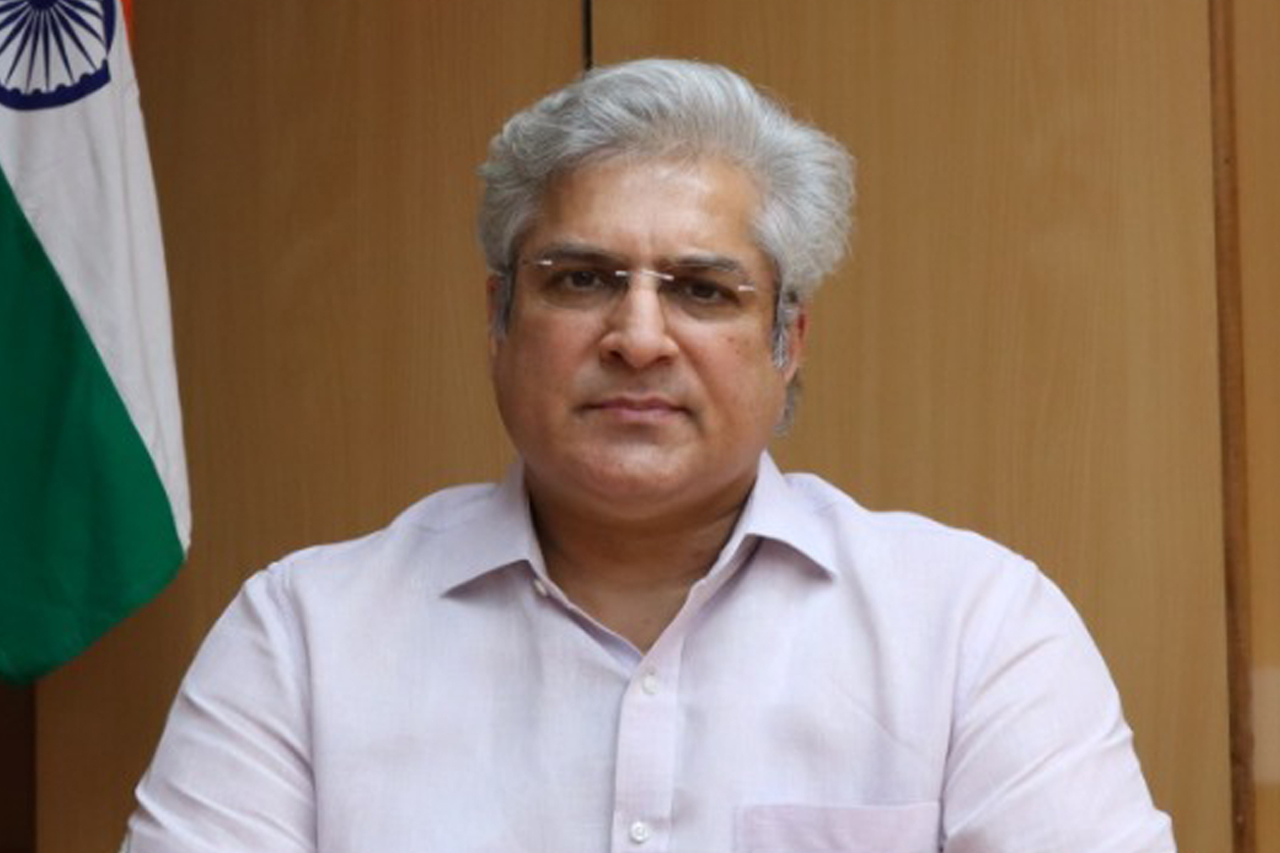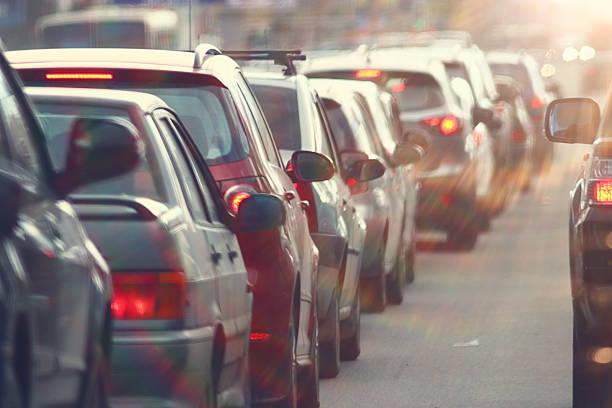15 December, 2021
Switch Delhi - Vehicular pollution: The road to redemption is in shared mobility, cleaner fuels
Ashish Kundra
If we narrow our focus on a relatable ingredient of toxic air, noxious vehicular fumes, all of us, in varying degrees, are part of the problem
In a city with at least 13 million registered vehicles, the problem assumes staggering proportions. If we add the load of neighbouring cities and transit vehicles, the numbers stack up to among the highest in the world.
In the past few weeks, air pollution in Delhi has dominated public discourse. The air quality index hovered dangerously in the very poor to hazardous levels. The quality of air has direct ramifications for public health, apart from a worsening perception of liveability in the National Capital. Every year, a series of tough enforcement measures are rolled out. Industrial pollutants, vehicular emissions, construction dust, and stubble burning are the main targets.
If we narrow our focus on a relatable ingredient of toxic air, noxious vehicular fumes, all of us, in varying degrees, are part of the problem. In a city with at least 13 million registered vehicles, the problem assumes staggering proportions. If we add the load of neighbouring cities and transit vehicles, the numbers stack up to among the highest in the world. So, where does the solution lie?
Let us assess the adequacy and quality of public transport in Delhi. In the last two decades, the Metro has expanded to cover most of the city. Its fourth phase is under execution. The bus fleet of Delhi is nearly 7,000. An earlier projection pegged the requirement at 11,000 buses, though, to some extent, the Metro has reduced this requirement.
The key issue, therefore, is whether the augmentation of public transport has helped in getting a modal shift from two-wheelers and four-wheelers. Perhaps, but only partly. There is a compelling case to introduce privately owned and operated premium bus services, which offer a comfortable commuting alternative. Thousands of commuters drive into the city for work every day from Noida, Ghaziabad, Faridabad, and Gurugram. Entry and exit points to the city get choked during peak traffic hours. A single bus could replace at least 20 to 40 of these vehicles. Allowing bus aggregators to use clean fuel technologies can further help reduce congestion and have a significant impact on pollution.
Switching to cleaner fuel also helps greatly. A landmark judgment in 1998 saw a complete transition to Compressed Natural Gas (CNG) for all buses, taxis and auto-rickshaws in Delhi. Old-timers recall the horror of travelling on Delhi roads before this shift. Unfortunately, there were no binding obligations on the cities which surround Delhi. Every day, thousands of diesel buses and trucks enter the city, not just from National Capital Region (NCR), but from Punjab, Himachal Pradesh, Uttarakhand, Madhya Pradesh and Jammu and Kashmir. A consolidated effort to harmonise these efforts within and outside the NCR will be crucial to reducing pollution.
Restrictions on petrol vehicles older than 15 years and diesel vehicles older than 10 years have helped ensure that older vehicles — bigger emitters than newer models — are off the streets. In fact, a court order envisages the deregistration and scrapping of all such vehicles on public streets. More than three million such vehicles are registered in Delhi, though the numbers on the road might be only a fifth. People question the wisdom of scrapping them, when they are roadworthy. An option to retrofit these vehicles to electric is pragmatic. Delhi has notified enabling provisions for this move and initiated a dialogue with regulatory bodies to expand the number of industry players. The law also stipulates mandatory pollution checks for all vehicles. In several instances, the efficacy of testing emissions at these centres is suspect, and so, the enforcement of this pollution check certificate remains ineffectual. Regulatory agencies of government could, therefore, design portable checking devices which can help in transparent spot-checking.
Lastly, fleet aggregators have created a new dynamic in urban mobility — whether for passenger vehicles or goods delivery. Digital intermediaries tend to get onboard people engaged in the gig economy, offering efficient choices to the customer. A large number of these two-wheelers and four-wheelers are often second-hand purchases (and older vehicles can be more polluting). Aggregators must share the onus of the quality of vehicles, especially on emission standards. The regulation of aggregators along with mandates to ensure compliance with vehicular standards — including obligations for gradual conversion to a clean fuel fleet — will help clear the air.
The road to our redemption lies in shared mobility options, public transport, and cleaner fuels.
Ashish Kundra (IAS) is principal secretary, transport, Government of National Capital Territory of Delhi
(The views expressed are personal)








